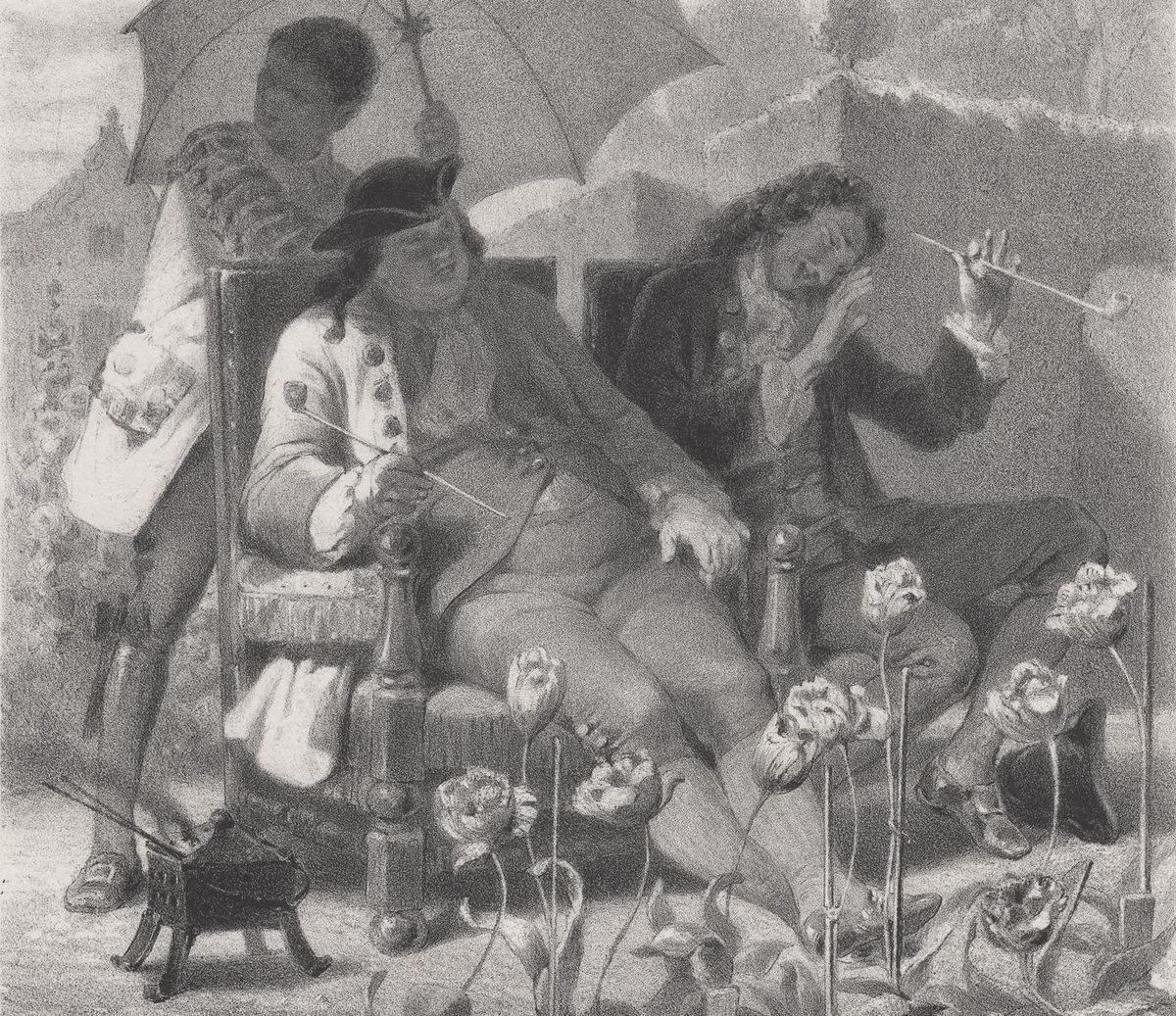In late November of 2021, a 6,090-square-foot (566 square-meter) parcel, located within the evocatively named “Fashion Street” district of an up-and-coming development called Decentraland sold for U.S. $2.43 million. You might imagine this lot was in downtown San Francisco, New York, or London. In fact, Decentraland is located nowhere. It’s an entirely a virtual place, part of the much-touted “metaverse.” This is what happens when the metaverse, digital currencies, and the madness of crowds collide.
First, consider the metaverse. It’s not new, and although it might be slightly more exciting with cheaper hardware and a trillion-dollar company pushing it as the new social medium, very little has changed in the metaverse since its first evocations (including my own) 30 years ago.
Rendering things has never been an issue within the metaverse. The big problem—which has stymied all attempts to solve it—involves rendering other people. It remains incredibly difficult to get even a second person into your corner of the metaverse, unless you’re happy communicating with cartoons. Videogrammetry (mapping positions in three dimensions using multiple cameras) helps, but solutions that would work at scale remain years away. And even then, very few people could muster the tolerance required to spend their days immersed in an unreal world with surreal friends.
Next, we come to digital currencies. Thirteen years after the mining of Bitcoin’s Genesis Block, the foundational concepts supporting such digital assets have diffused into adjacent areas of technology. The original use case for the blockchain, peer-to-peer payments, has expanded to include various applications for creating and managing digital scarcity, including the latest darling of this realm: the non-fungible token, or NFT. In naming “NFT” as 2021’s Word of The Year, Collins Dictionary was preparing us for a future where all data can be wrapped, valued, and sold at auction.
Finally, the madness of crowds comes into play. History is rich in examples, from Tulip mania in Holland during the early 17th century, when the price of certain fashionable kinds of tulip bulbs reached stunningly high levels before crashing, to the irrational exuberance in stocks that resulted in the dot-com bubble of the late 1990s, to the speculation in real estate that fueled the global financial crisis of 2007 and 2008. Indeed, an embarrassingly long list of such episodes demonstrates that when greed overwhelms reason, disaster ensues.
Surveying all the nothingness now for sale in the metaverse, speculators imagine trillions of dollars in value will accrue if they buy in early enough.
Surveying all the nothingness now for sale in the metaverse, speculators imagine trillions of dollars in value will accrue if they buy in early enough. That’s why a piece of virtual land—with nothing to distinguish it from any other virtual parcel, save someone’s say-so—can be sold for millions of dollars in digital currency. Everything inside the metaverse will be for sale, these investors reckon, and everyone will want the best stuff, including the virtual clothes that they virtually wear and the virtual houses that they virtually inhabit.
But the metaverse can never be anything other than a fantasy, a reflection of our dreams. We can’t find or construct anything in the metaverse other than what’s inside our own heads. Cherishing these virtual entitles as though they were real reflects a certain emptiness of soul.
So we need to question seriously any vision for our future that treats our dreams this way. Perhaps someone should plant a field of tulip bulbs in the metaverse, to remind people entering it that all that can be rendered there is not gold.
- Meta Offers Nothing New to the Metaverse - IEEE Spectrum ›
- Q&A: Why the Metaverse Needs to Be Open - IEEE Spectrum ›
- Silicon Valley's Metaverse Problem - IEEE Spectrum ›
- NFTs are a Grift; NFTs are the Future—Gamers, Over to You ›
- Is the Metaverse Even Feasible? - IEEE Spectrum ›
- Surfing the Metaverse’s Real Estate Boom - IEEE Spectrum ›
- The Day Business Suits Became In-App Purchases - IEEE Spectrum ›
Mark Pesce founded, in 1991, the world's first consumer virtual reality startup. And he and others developed the Virtual Reality Modeling Language ( VRML). He also founded the first company to use VRML to deliver streaming 3D entertainment over the Web. He currently serves as Entrepreneur-in-Residence at the University of Sydney's Incubate program. In addition to being an engineer and a teacher, Pesce is also a popularizer. In 2005, the Australian Broadcasting Corporation invited Pesce to become a panelist and judge on the television series "The New Inventors." In 2011 Pesce published his sixth book, The Next Billion Seconds. In 2014, Pesce and Jason Calacanis launched the podcast This Week in Startups Australia. Later Pesce started The Next Billion Seconds podcast. And since 2014, he's been a columnist for The Register.



